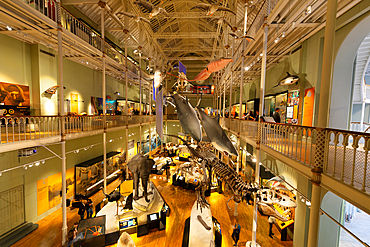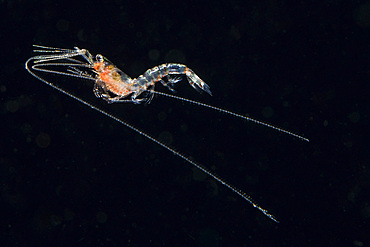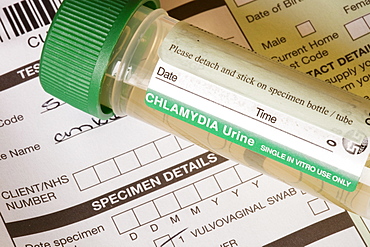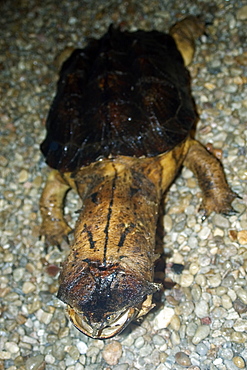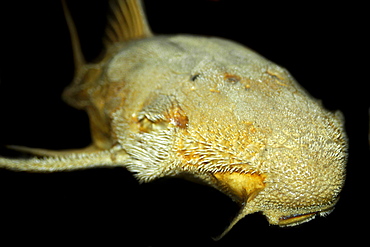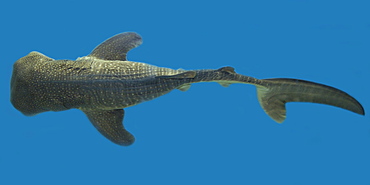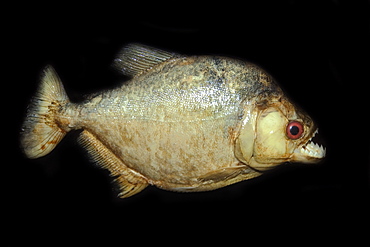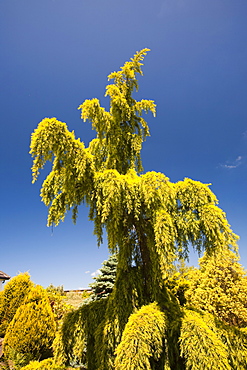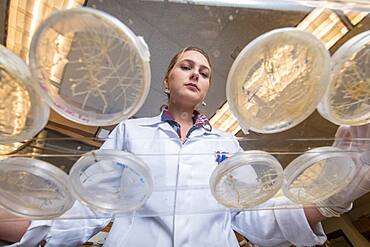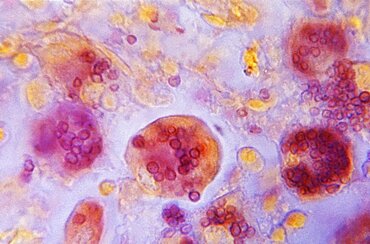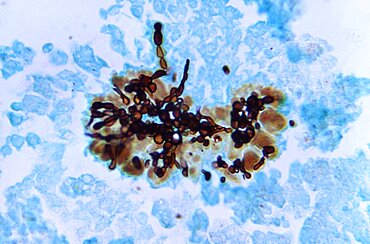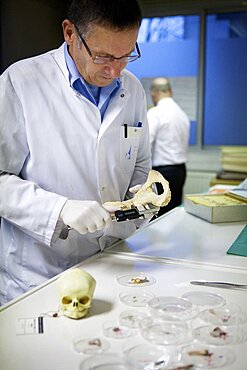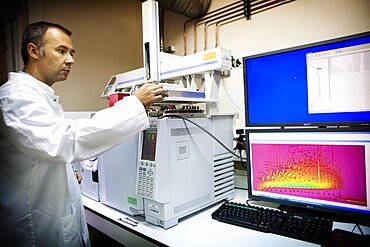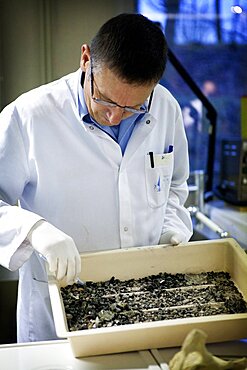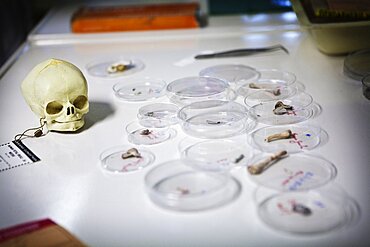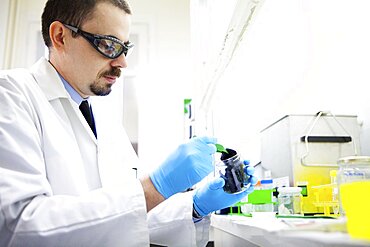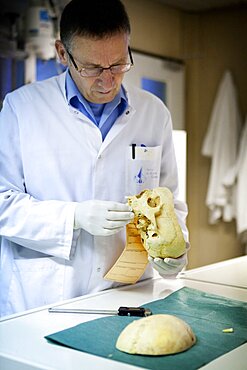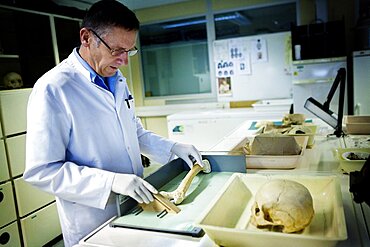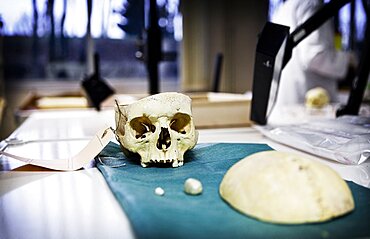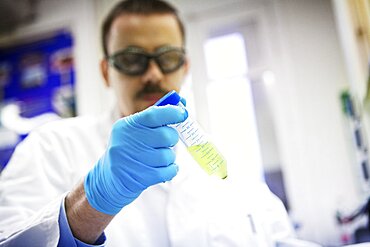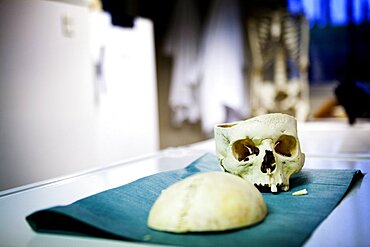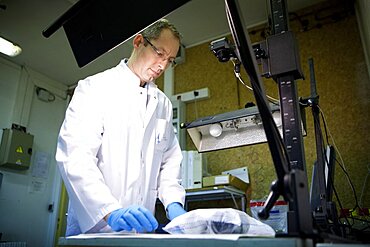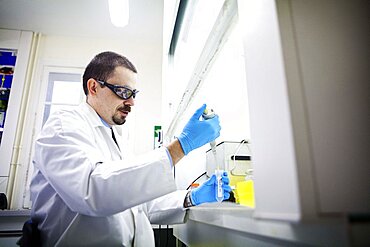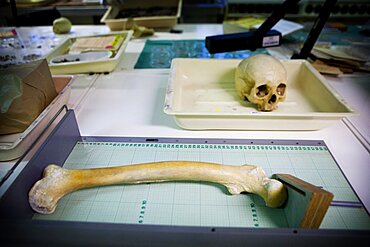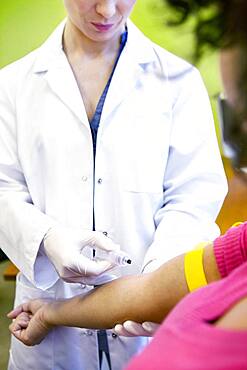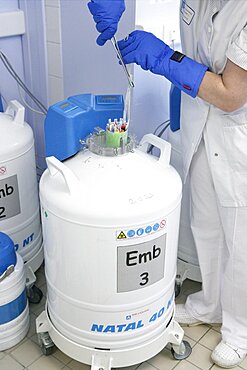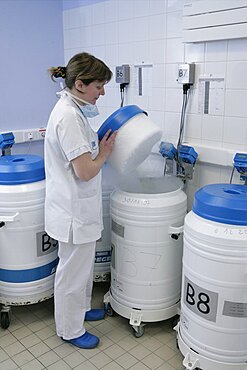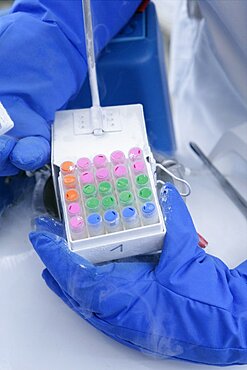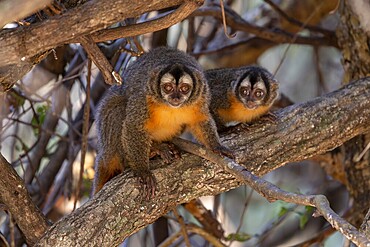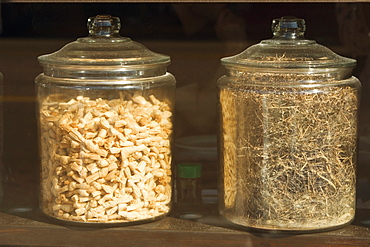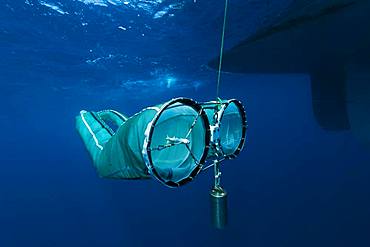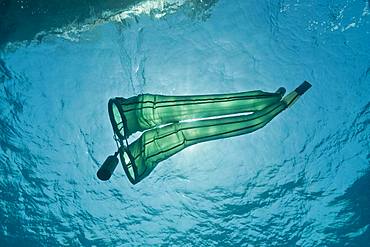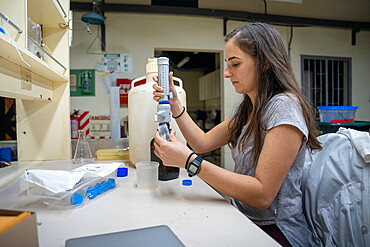Results
4 results found
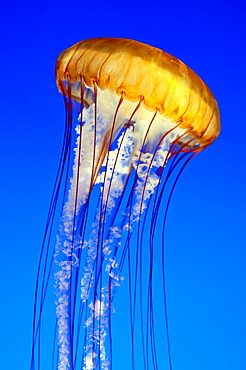
Sea nettle jellyfish (chrysaora fuscescens), Monterey Aquarium, California, United States of America, North America
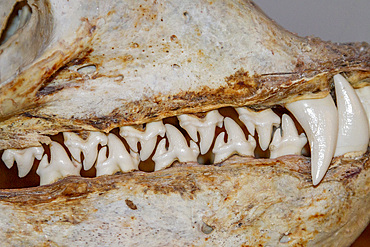
Skull of an adult female leopard seal (Hydrurga leptonyx), on display at the Natural History Museum in Stanley, Falkland Islands, South America
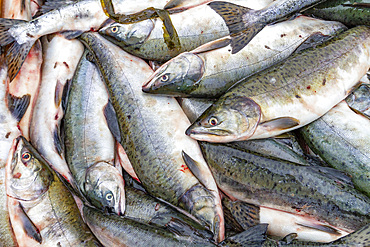
Close-up of fish catch in the fishing town of Petersburg on Mitkof Island, Southeast Alaska, Pacific Ocean, United States of America, North America
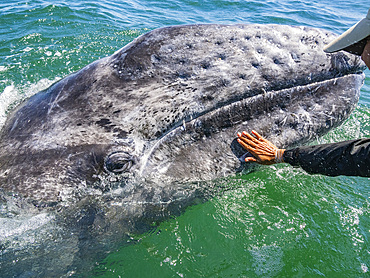
California gray whale calf (Eschrictius robustus), being touched by tourist in San Ignacio Lagoon, Baja California, Mexico, North America
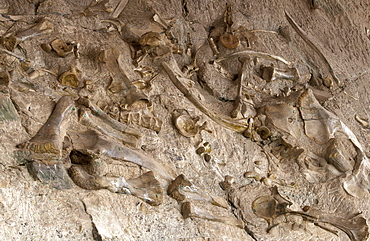
Dinosaur bones, Dinosaur National Monument, Utah, UsaDinosaur bones in the enclosed quarry at these rich Morrison Formation fossil beds that have yielded many fine Jurassic specimens since 1909
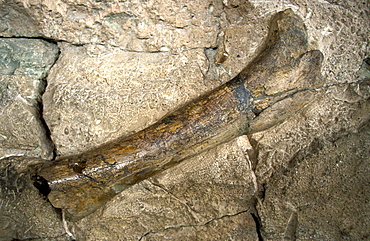
Dinosaur bones, Dinosaur National Monument, Utah, UsaDinosaur bones in the enclosed quarry at these rich Morrison Formation fossil beds that have yielded many fine Jurassic specimens since 1909
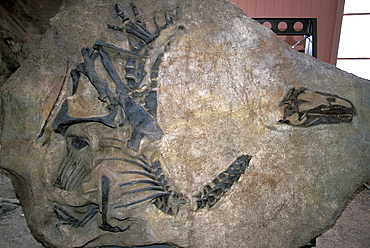
Dinosaur bones, Dinosaur National Monument, Utah, UsaDinosaur bones in the enclosed quarry at these rich Morrison Formation fossil beds that have yielded many fine Jurassic specimens since 1909
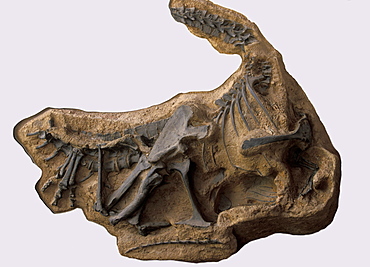
Dinosaur Skeleton, Dinosaur National Monument, Utah, UsaNearly complete dinosaur skeleton in the enclosed quarry at these rich Morrison Formation fossil beds that have yielded many fine Jurassic specimens since 1909
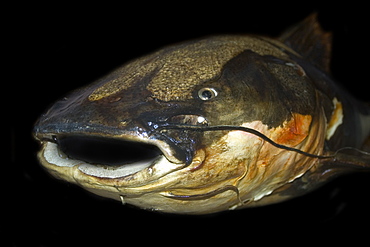
Red tailed catfish (Phractocephalus hemiliopterus), preserved specimen, Manaus, Amazonas, Brazil, South America
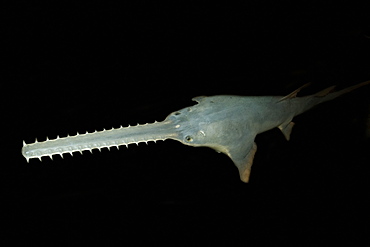
Sawfish (Pristis pectinatus), preserved specimen, Amazon River Basin, Amazonas, Brazil, South America
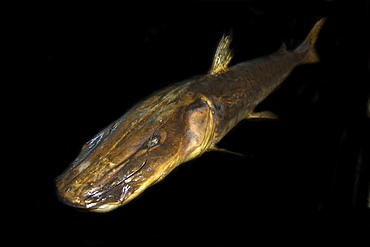
Tiger catfish (Pseudoplatystoma fasciatum), preserved specimen, Manaus, Amazonas, Brazil, South America
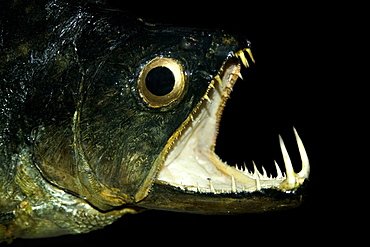
Dogfish (Hydrolicus pectoralis), jaw detail on preserved specimen, Amazon river basin, Amazonas, Brazil, South America
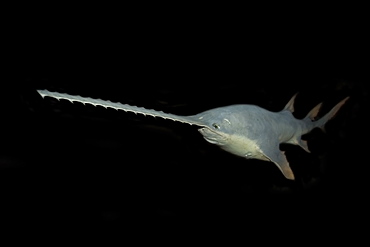
Sawfish (Pristis pectinatus), preserved specimen, Amazon River Basin, Amazonas, Brazil, South America

Portrait of a juvenile specimen of damselfish (Chromis chromis). Before taking the typical dark brown color of their adult form, these fishes have magnificent electric blue bands. The juvenile specimens are very small, a few centimeters, and they move with nervous and unpredictable movements without any moment of pause.

Clinical research in the GHICL. The physical medicine and rehabilitation department in Saint Philibert hospital in Lille, France. Exercises to develop the patient's muscle tone in functional rehabilitation, under the supervision of a doctor.
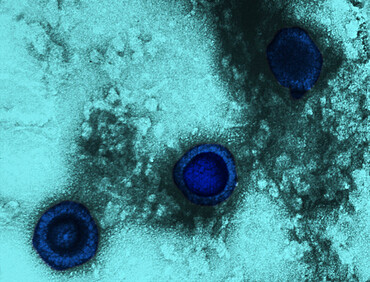
This transmission electron micrograph from a pelleted specimen depicts three icosahedral-shaped herpes virus virions. The staining technique used to process this specimen revealed the following findings: virions with a dark center, where the stain has pen
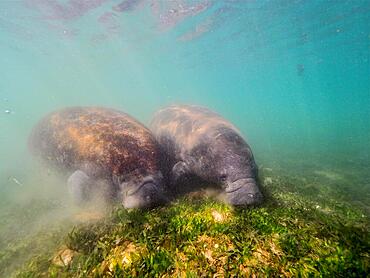
2 specimens of west indian manatee (Trichechus manatus) grazing in the Crystal River, Florida, USA, North America

Histological preparations in the laboratory with protocol, Freiburg, Baden-Wuerttemberg, Germany, Europe
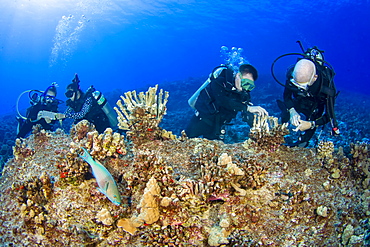
Research divers from the MOC Marine Institute glue broken coral heads back together and map out coral damage at Molokini Marine Preserve off the island of Maui, Hawaii. In the future, data from here will help to determine the health of Hawaii's reefs, Maui, Hawaii, United States of America
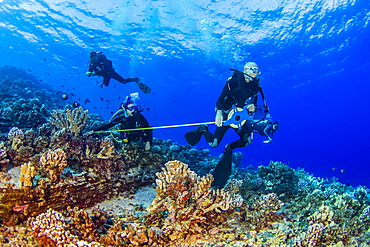
Research divers from the MOC Marine Institute map out coral damage at Molokini Marine Preserve off the island of Maui, Hawaii. In the future, data from here will help to determine the health of Hawaii's reefs, Maui, Hawaii, United States of America
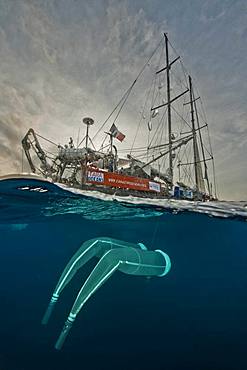
Tara Oceans Expeditions - May 2011. Tara with deployed plancton nets. On "station", the boat is drifting without engine or sails. Tara Oceans, a unique expedition: Tara Oceans is the very first attempt to make a global study of marine plankton, a form of sea life that includes organisms as small as viruses and bacterias, and as big as medusas. Our goal is to better understand planktonic ecosystems by exploring the countless species, learning about interactions among them and with their environment. Marine plankton is the only ecosystem that is almost continuous over the surface of the Earth. Studying plankton is like taking the pulse of our planet. Recently, scientists have discovered the great importance of plankton for the climate: populations of plankton are affected very rapidly by variations in climate. But in turn they can influence the climate by modifying the absorption of carbon. In a context of rapid physico-chemical changes, for example the acidification observed today in the world's oceans, it is urgent to understand and predict the evolution of these particular ecosystems. Finally, plankton is an astonishing way of going back in time ? a prime source of fossils. Over the eons, plankton has created several hundred meters of sediment on the ocean floors. This allows us to go back in time, to the first oceans on Earth, and better understand the history of our biosphere. More than 12 fields of research are involved in the project, which will bring together an international team of oceanographers, ecologists, biologists, geneticists, and physicists from prestigious laboratories headed by Eric Karsenti of the European Molecular Biology Laboratory. Galapagos
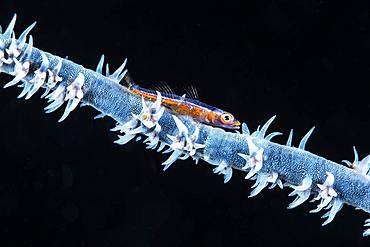
An antipatharian whip coral and its goby photographed at a depth of 76 meters. Are these the same specimens found in shallow depths?
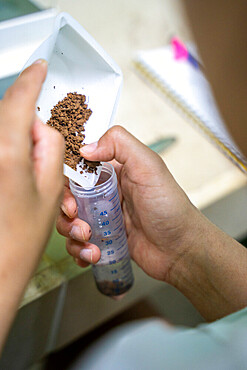
Earth diluted with water in order to extract the PH from the soil as part of a study on nitrogen exchanges between bacteria and the roots of legumes in the tropical forest of the "La Selva" research station in Puerto Viejo from Sarapiqui, Costa Rica
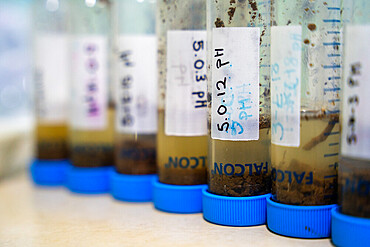
Earth diluted with water in order to extract the PH from the soil as part of a study on nitrogen exchanges between bacteria and the roots of legumes in the tropical forest of the "La Selva" research station in Puerto Viejo from Sarapiqui, Costa Rica
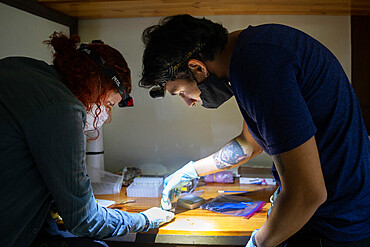
Researchers applying tape to the hairs of a bat to test methods to capture the pollen it carries as part of a pollination study, rainforest at the 'La Selva' research station in Puerto Viejo de Sarapiqui, Costa Rica

Researchers applying a mascara brush to the hairs of a Sowell's short-tailed bat (Carollia sowelli) to test methods to capture pollen that bats may carry as part of a pollination study, rainforest at the "La Selva" research station in Puerto Viejo de Sarapiqui, Costa Rica
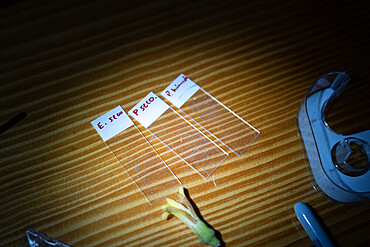
3 microscope slides to analyze pollen transported on bat hairs, "La Selva" research station in Puerto Viejo de Sarapiqui, Costa Rica
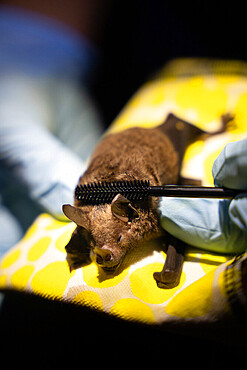
Researchers applying a mascara brush to the hairs of a Sowell's short-tailed bat (Carollia sowelli) to test methods to capture pollen that bats may carry as part of a pollination study, rainforest at the "La Selva" research station in Puerto Viejo de Sarapiqui, Costa Rica
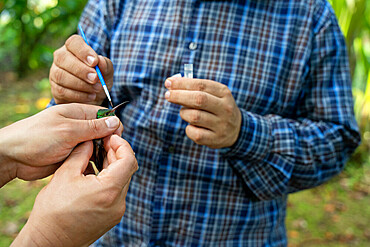
Researchers picking up pollen with a brush from the beak of a Rufous-tailed hummingbird as part of a pollination study, rainforest at the "La Selva" research station in Puerto Viejo de Sarapiqui , Costa Rica
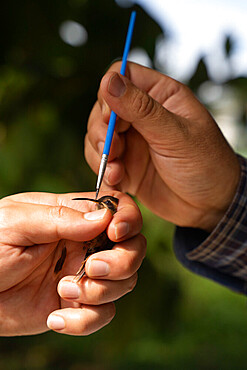
Researchers picking up pollen with a brush from the beak of a hummingbird Stripe-throated Hermit as part of a pollination study, rainforest at the "La Selva" research station in Puerto Viejo de Sarapiqui, Costa Rica
